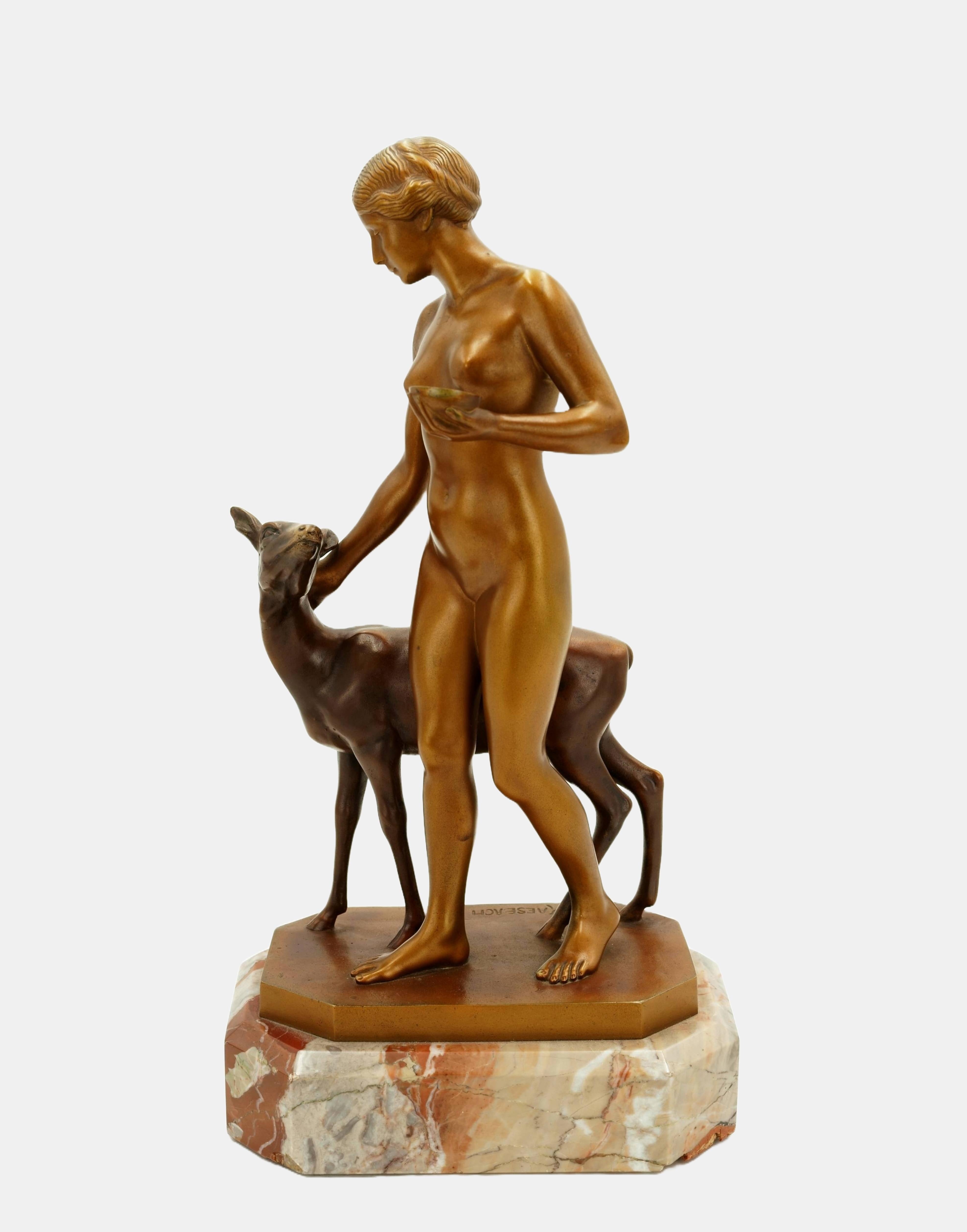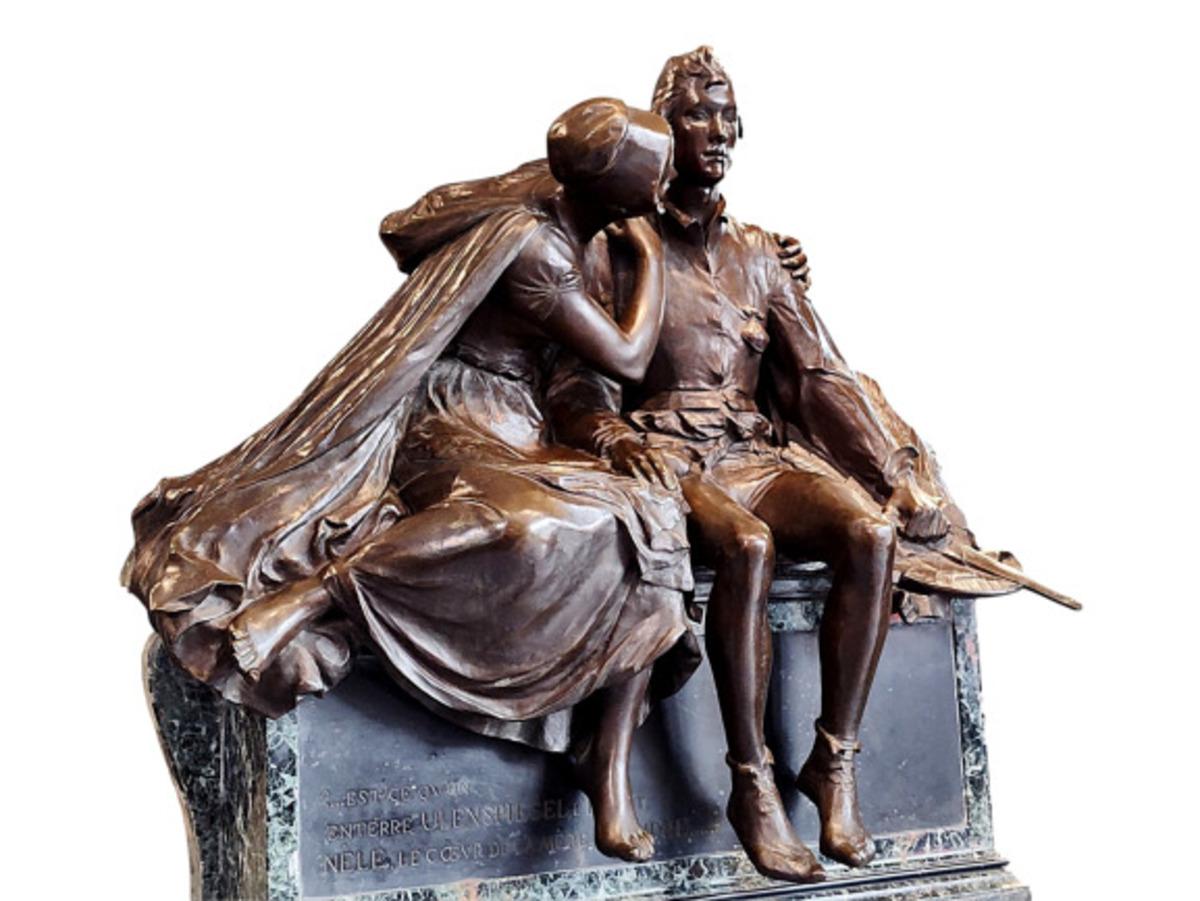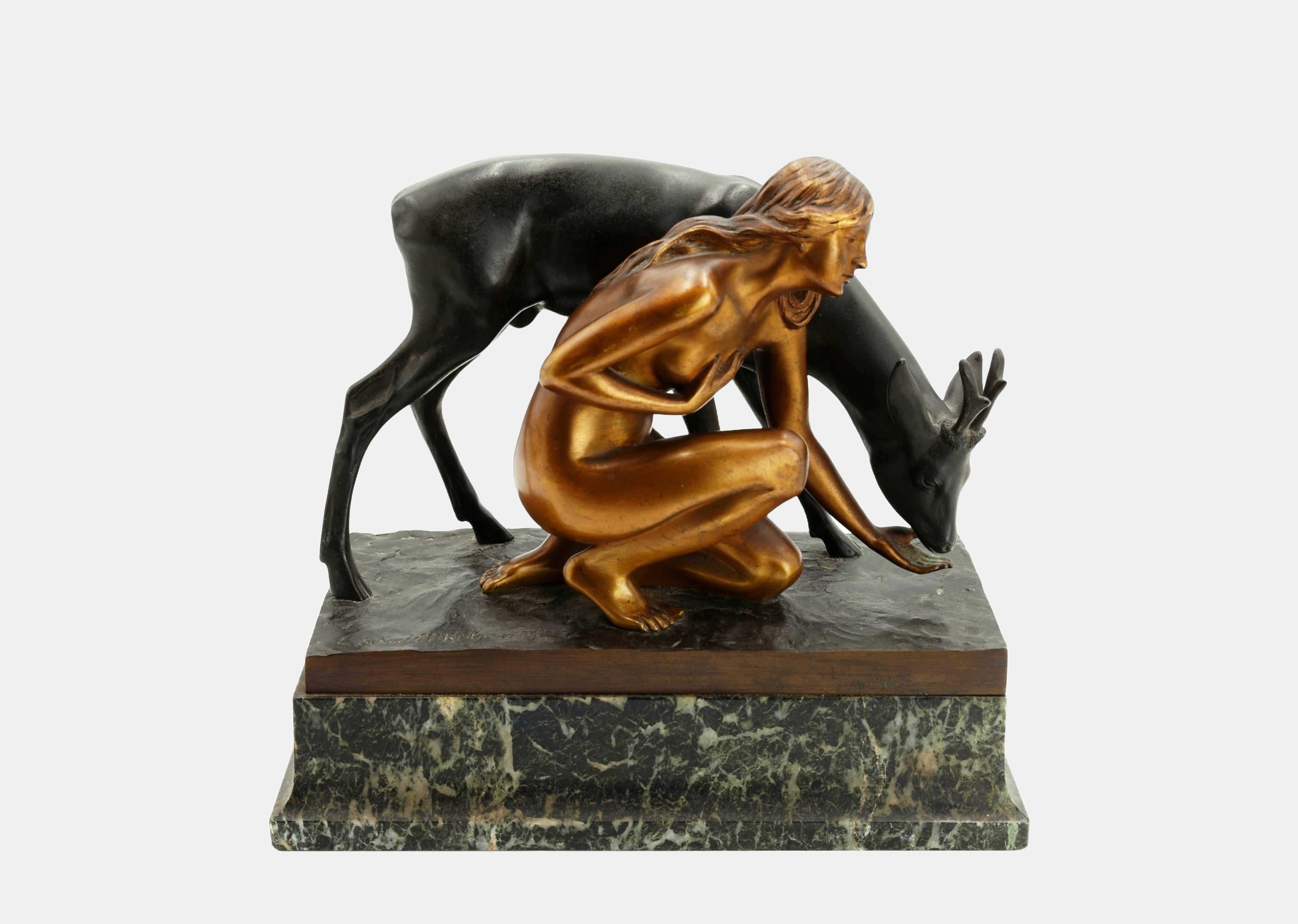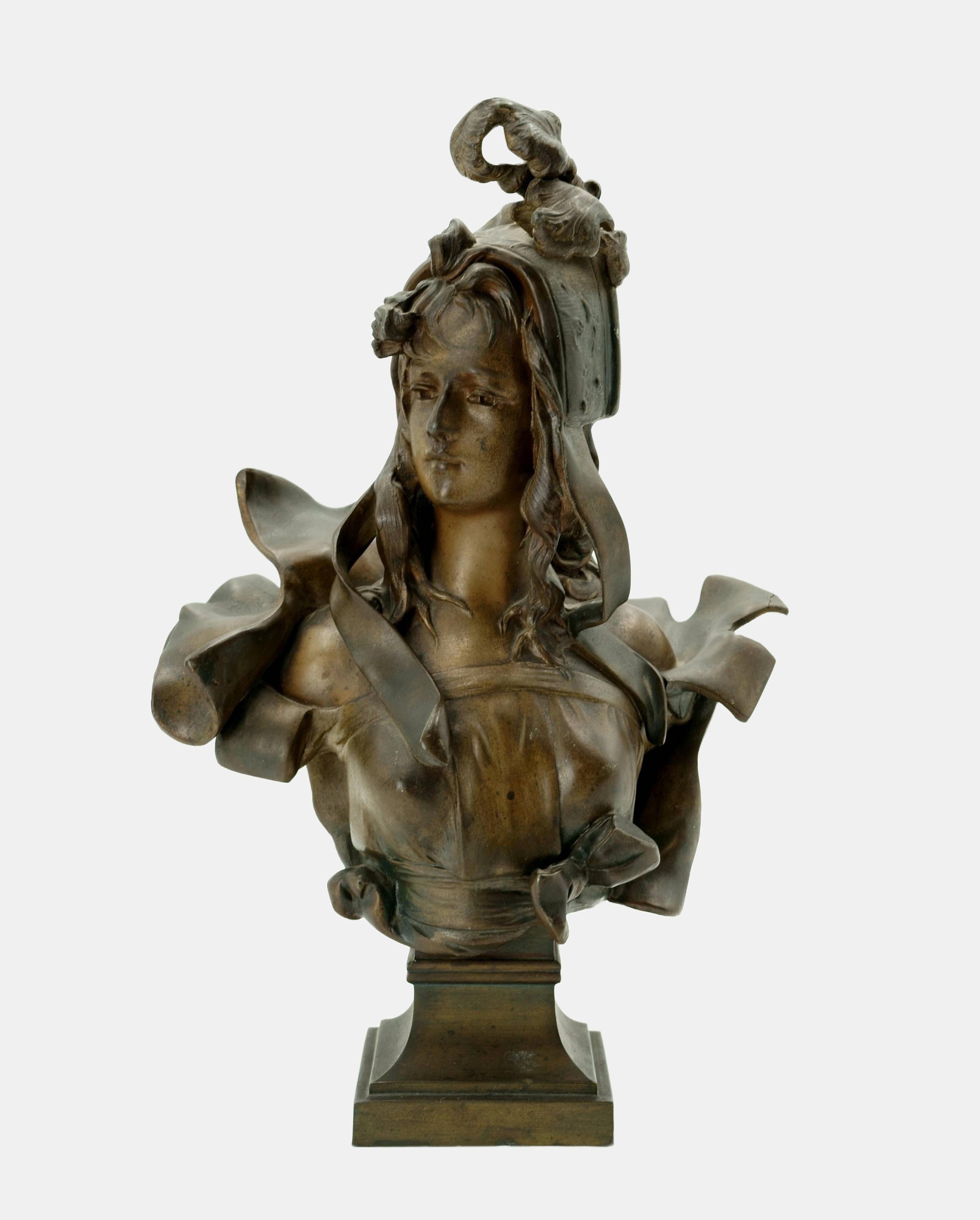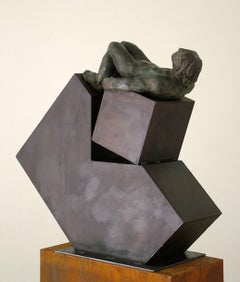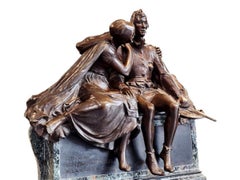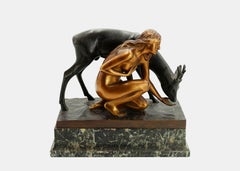Items Similar to horse. 19th century bronze sculpture
Want more images or videos?
Request additional images or videos from the seller
1 of 7
Unknownhorse. 19th century bronze sculpture19th Century
19th Century
About the Item
horse. 19th century bronze sculpture
measurements with the base are 37.5 x 17.5 x 31 cm
- Creation Year:19th Century
- Dimensions:Height: 11.82 in (30 cm)Width: 6.3 in (16 cm)Depth: 10.24 in (26 cm)
- Medium:
- Movement & Style:
- Period:
- Condition:
- Gallery Location:CORAL GABLES - MIAMI, FL
- Reference Number:1stDibs: LU471315527172
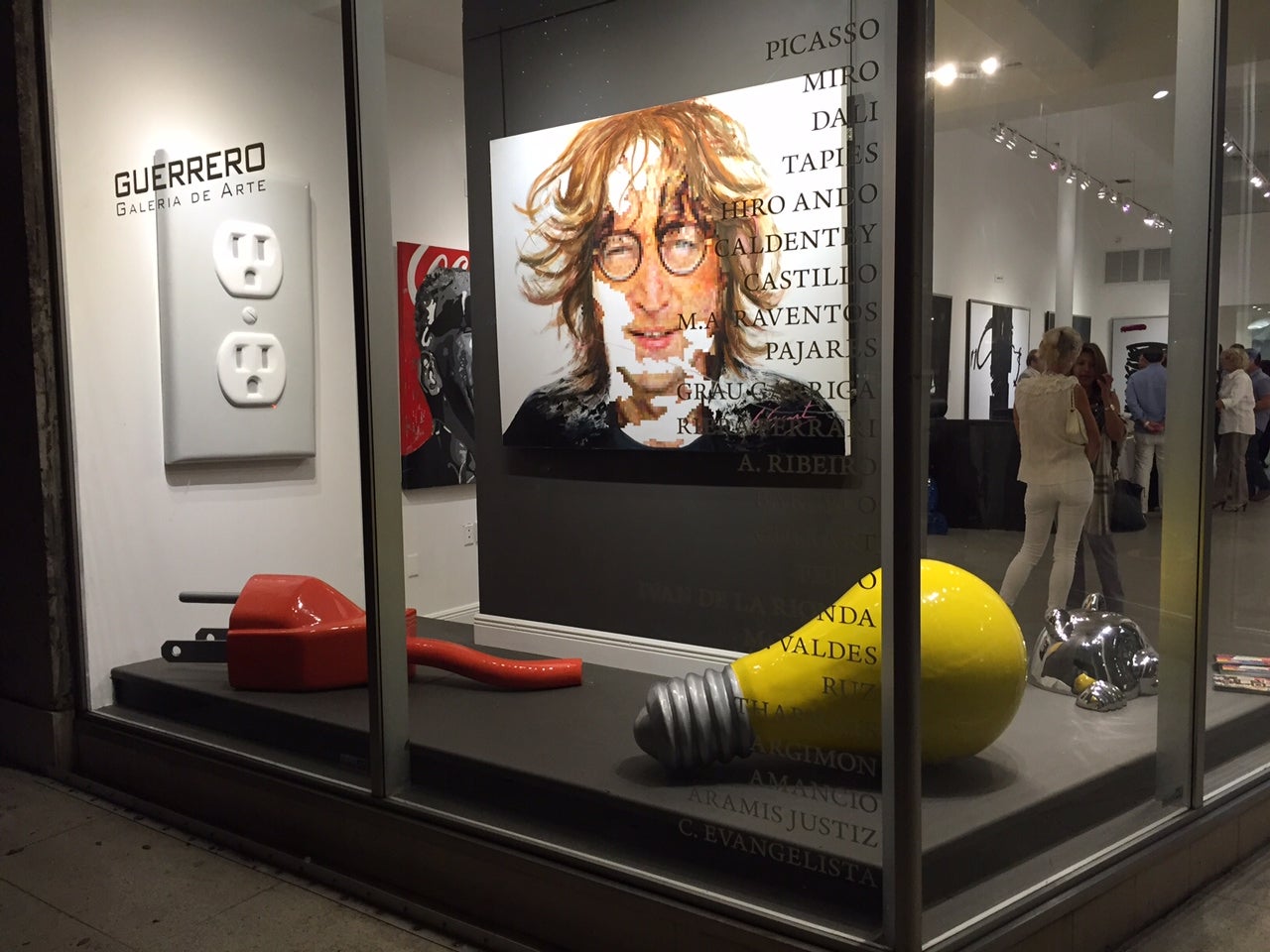
About the Seller
4.8
Platinum Seller
Premium sellers with a 4.7+ rating and 24-hour response times
Established in 1980
1stDibs seller since 2016
260 sales on 1stDibs
Typical response time: <1 hour
- ShippingRetrieving quote...Shipping from: CORAL GABLES - MIAMI, FL
- Return Policy
Authenticity Guarantee
In the unlikely event there’s an issue with an item’s authenticity, contact us within 1 year for a full refund. DetailsMoney-Back Guarantee
If your item is not as described, is damaged in transit, or does not arrive, contact us within 7 days for a full refund. Details24-Hour Cancellation
You have a 24-hour grace period in which to reconsider your purchase, with no questions asked.Vetted Professional Sellers
Our world-class sellers must adhere to strict standards for service and quality, maintaining the integrity of our listings.Price-Match Guarantee
If you find that a seller listed the same item for a lower price elsewhere, we’ll match it.Trusted Global Delivery
Our best-in-class carrier network provides specialized shipping options worldwide, including custom delivery.More From This Seller
View AllDiosa 227 Original bronze multiple. Esculpture Modernist
Located in CORAL GABLES - MIAMI, FL
Diosa. Original bronze multiple. Esculpture Modernist
Julien Caussé (also given as Cadet-Julien Caussé, Cadet Julien Caussé and Julien Cadet Caussé) (1869–1914) was a prolific French...
Category
Early 1900s Modern Figurative Sculptures
Materials
Bronze
Amancio Geometry original Bronze Iron original sculpture
By Amancio Gonzalez Morera
Located in CORAL GABLES - MIAMI, FL
" Deconstruccion I " original bronze iron original sculpture
Sculpture by the Spanish artist AMANCIO GONZALEZ
Artist well known for his large format works on the street.
Iron and bro...
Category
21st Century and Contemporary Contemporary Figurative Sculptures
Materials
Bronze, Iron
J. Casamayor. Man's torso.. original bronze 7/7 sculpture
Located in CORAL GABLES - MIAMI, FL
J. Casamayor. Torso of a man with a marble base.. original bronze 7/7 sculpture
José Casamayor began, at the age of eight, in the disciplines of drawing and painting, when he attende...
Category
Early 2000s Contemporary Figurative Sculptures
Materials
Bronze
Amancio Leonese Fight "CARNE ROTA" original sculpture bronze - 2008
By Amancio González Andrés
Located in CORAL GABLES - MIAMI, FL
Sculpture by the Spanish artist AMANCIO GONZALEZ
bronze.
Series limited to 7 copies.
Fantastic piece of art representing Spanish sculpture
Artist well known for his large format work...
Category
21st Century and Contemporary Contemporary Figurative Sculptures
Materials
Bronze
Amancio Pool Gold and Black Bronze. iron. EL SALTO III. original sculpture
By Amancio González Andrés
Located in CORAL GABLES - MIAMI, FL
Amancio. pool. gold and black bronze. iron. EL SALTO III. original sculpture
sculpture by the Spanish artist AMANCIO GONZALEZ
7 COPIES
Fantastic piece of art representing Spanish scu...
Category
21st Century and Contemporary Contemporary Figurative Sculptures
Materials
Bronze, Iron
Amancio pool. gold and black bronze. iron. PRIMERA PIEDRA original sculpture
By Amancio González Andrés
Located in CORAL GABLES - MIAMI, FL
Sculpture by the Spanish artist AMANCIO GONZALEZ
7 COPIES
Fantastic piece of art representing Spanish sculpture
Amancio González is a sculptor from Leon and an internationally celebr...
Category
21st Century and Contemporary Contemporary Figurative Sculptures
Materials
Bronze, Iron
You May Also Like
Forest idyll / - Soulmate -
By Rudolf Kaesbach
Located in Berlin, DE
Rudolf Kaesbach (1873 Gladbach - 1955 Berlin), Forest idyll, around 1915. Bronze, gold and golden brown patina, with cast plinth, mounted on a marble base (5 cm high), total height 36 cm, dimensions of the bronze: 31 cm (height) x 17 cm (length) x 12 cm (width). Weight 4,6 kg, signed on the plinth "R.[udolf] KAESBACH".
- a few rubbed areas, overall in excellent condition for its age
- Soulmate -
The bronze sculpture depicts a young woman in an intimate exchange with a deer that accompanies her. The animal pauses to turn toward her, while the nude beauty slows her pace to look into the deer's eyes and tenderly caress it with her hand. The woman and the deer are in inner harmony. Even though her lips remain motionless, she speaks the language of the animal with which she is deeply connected.
The golden patina, which contrasts with the more naturalistic coloring of the deer, gives the young woman the appearance of a saint, even if she cannot be identified as such. At the same time, she evokes memories of Diana, the goddess of the hunt, or a nymph. But she lacks the ferocity. In her innocent naivety, she is more like a vestal virgin, who is not at home in the solitude of the forest. And yet, the young beauty, moving unclothed in the heart of nature, looks like a priestess with her hair tied up and a carefully carried bowl on her way to a sacred grove.
In order to open up the above-mentioned associations, Kaesbach deliberately designed the female figure in such a way that she cannot be identified as a specific person. He has created an allegory of natural femininity, characteristic of Art Nouveau, in which the deer is far more than a companion animal. It displays the same gracefulness as the young woman, and the inner resemblance between the two makes the deer appear as her other self. In animal terms, it embodies her inner being, which also gives the deer an allegorical character.
About the artist
Rudolf Kaesbach studied sculpture at the Hanau Academy and worked in a bronze foundry in Paris in 1900. In order to work as an independent artist, he opened a workshop in Düsseldorf, where he cast bronzes from models he designed. In 1902 he made his debut at the German National Art Exhibition in Düsseldorf. The following year Kaesbach went to the academy in Brussels. There he was inspired by contemporary Belgian sculpture, especially the work of Constantin Meunier. He moved to Berlin, where he opened a studio in the villa district of Grunewald and devoted himself to life-size marble sculptures and the design of bronzes. From 1911, he regularly presented his works at the major art exhibitions in Berlin, as well as in Düsseldorf and Malmö. Between 1936 and 1939, he also created models for the Rosenthal porcelain factory. From 1939 to 1944, Kaesbach was represented at the major German art exhibitions in Munich.
GERMAN VERSION
Rudolf Kaesbach (1873 Gladbach - 1955 Berlin), Waldidyll, um 1915. Gold und goldbraun patinierte Bronze mit gegossener Plinthe, auf einem Marmorsockel montiert (5 cm Höhe), Gesamthöhe 36 cm, Maße der Bronze: 31 cm (Höhe) x 17 cm (Länge) x 12 cm (Breite). Gewicht 4,6 kg, auf der Plinthe mit „R.[udolf] KAESBACH“ signiert.
- vereinzele beriebene Stellen, insgesamt in einem altersgemäß ausgezeichneten Zustand
- Seelenverwandtschaft -
Die Bronzeplastik veranschaulicht eine junge Frau im innigen Austausch mit einem sie begleitenden Reh. Das Tier hält inne, um sich zu ihr hochzuwenden, während die nackte Schönheit ihren Schritt verlangsamt, um dem Reh ebenfalls in die Augen zu schauen und es zärtlich mit der Hand zu liebkosen. Die Frau und das Reh sind in einem inneren Gleichklang. Auch wenn ihre Lippen unbewegt bleiben, spricht sie die Sprache des Tieres, mit dem sie auf eine tief empfundene Weise verbunden ist.
Die im Kontrast zur naturalistischeren Einfärbung des Rehs aufstrahlende goldfarbene Patina lässt die junge Frau wie eine Heilige erscheinen, auch wenn sich nicht als Heilige identifizierbar ist. Zugleich ruft sie Erinnerungen an die Jagdgöttin Diana oder eine Nymphe hervor. Dafür fehlt ihr allerdings die Wildheit. In ihrer unschuldigen Naivität gemahnt sie vielmehr an eine Vestalin, die freilich nicht in der Waldeinsamkeit zu Hause ist. Und doch wirkt die sich unbekleidet im Herzen der Natur bewegende junge Schönheit wie eine Priesterin, die sich mit hochgebundenem Haar und der vorsichtig getragenen Schale und dem Wege zu einem Heiligen Hain befindet.
Um die gennannten Assoziationen zu eröffnen, hat Kaesbach die Frauenfigur bewusst so gestaltet, dass sie nicht als konkrete Person identifizierbar ist. Damit hat er eine für den Jugendstil charakteristische Allegorie natürlicher Weiblichkeit geschaffen, bei der das Reh weit mehr als ein Begleittier ist. Es weist dieselbe grazile Anmut wie die junge Frau auf und der innere Gleichklag der beiden lässt das Reh als ihr anderen Ich erscheinen. Es verkörpert – ins Animalische übertragen - ihr inneres Wesen, wodurch auch dem Reh ein allegorischer Charakter zukommt.
zum Künstler
Rudolf Kaesbach studierte an der Akademie Hanau Bildhauerei und war im Jahr 1900 in einer Pariser Bronzegießerei tätig. Um sich als eigenständiger Künstler betätigen zu können, eröffnete er in Düsseldorf eine Werkstatt, in der er Bronzen nach selbstentworfenen Modellen goss. 1902 debütierte er auf der Deutschen Nationalen Kunstaustellung in Düsseldorf. Im Folgejahr ging Kaesbach an die Akademie nach Brüssel. Dort wurde er von der zeitgenössischen belgischen Bildhauerei, insbesondere vom Werk Constantin Meuniers, inspiriert. Zurückgekehrt zog er nach Berlin, wo er im Villenviertel Grunewald ein Atelier eröffnete und sich neben dem Entwurf für Bronzen der lebensgroßen Marmorbildhauerei widmete. Ab 1911 präsentierte er seine Werke regelmäßig auf den Großen Berliner Kunstausstellungen, aber auch in Düsseldorf und Malmö. Zwischen 1936 und 1939 fertigte er zudem Modelle für die Porzellan-Manufaktur Rosenthal an. Von 1939 bis 1944 war...
Category
1910s Jugendstil Nude Sculptures
Materials
Bronze
Thyl Ulenspiegel et Nele – Reduction of the Monument to Charles De Coster
Located in Gent, VOV
Charles Samuel – Thyl Ulenspiegel and Nele (after the Monument to Charles De Coster, 1894) Bronze, marble base, 66 x 61 x 27 cm Cast by Petermann, Brussels A moment of intimacy and d...
Category
20th Century Art Nouveau Figurative Sculptures
Materials
Marble, Bronze
The Feeding / - Natural grace -
Located in Berlin, DE
Erich Schmidt-Kestner (1877 Berlin - 1941 Nordhausen), The Feeding, around 1915. Gold and black patinated bronze with cast brown patinated plinth mounted on a lightly veined black-gr...
Category
1910s Art Nouveau Nude Sculptures
Materials
Bronze
Bust of a young woman / - The Opulence of Beauty -
Located in Berlin, DE
Anton Nelson (i.e. Antoine Joseph van den Kerckhoven) (1849 Brussels - after 1910 ibid.), Bust of a young woman, c. 1890. Patinated bronze on cast base, 30 cm (total height) x 20 cm ...
Category
1890s Art Nouveau Figurative Sculptures
Materials
Bronze
"A Girl Sitting on a Stool Tying Her Shoe", 20th Century Bronze by Juan Clará
Located in Madrid, ES
JUAN CLARÁ AYATS
Spanish, 1878 - 1958
A GIRL SEATED ON A STOOL TYING HER SHOE
signed "Juan Clara" and stamped A.G. Paris and marks L.R. 213 (on the stool )
bronze figure
6-3/8 x 3 x 4 inches (16 X 7.5 X 10 cm.)
PROVENANCE
Private Collector, Madrid
A brown patia bronze sculpture of Art Nouveau style, depicting a little girl sitting on a sidewalk tying her shoe.
The plasticity that Juan Clará achieves with the bronze when shaping this beautiful little sculpture is wonderful. We notice the effort that the little girl is making to put on her shoe, her gestures and attitudes which moves us and attracts us towards her.
Juan Clará Ayats. Olot (Gerona), 6.XII.1875 - Paris (France), II.1958. Sculptor
Student of José Berga at the Olot School of Fine Arts, developed his training in France, first at the School of Fine Arts in Toulouse, in 1896, and from 1901 in Paris. At this stage he lived with his younger brother, José Clará...
Category
1920s Art Nouveau Figurative Sculptures
Materials
Bronze
"A Girl Bust" 20th Century Bronze Sculpture by Spanish Artist Juan Clará Ayats
Located in Madrid, ES
JUAN CLARÁ AYATS
Spanish, 1878 - 1958
A GIRL BUST
signed "Juan Clara" and Buenos Aires stamp mark (on the back )
bronze figure
6-3/8 x 4-1/8 x 4-1/8 inches (16 x 10.5 x 10.5 cm.)
8 x 4-1/8 x 4-1/8 inches (20 x 10.5 x 10.5 cm.) base included
PROVENANCE
Private Spanish Collector
Art Noveau bronze...
Category
1920s Art Nouveau Figurative Sculptures
Materials
Bronze
